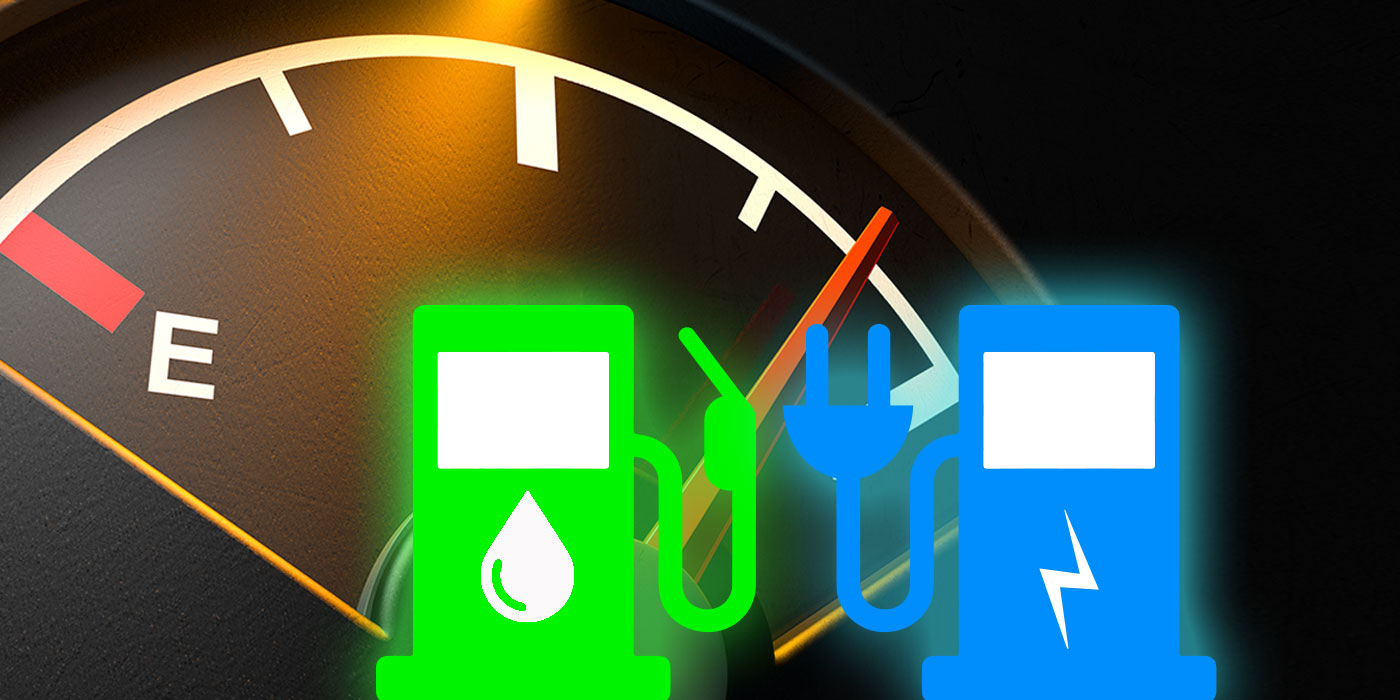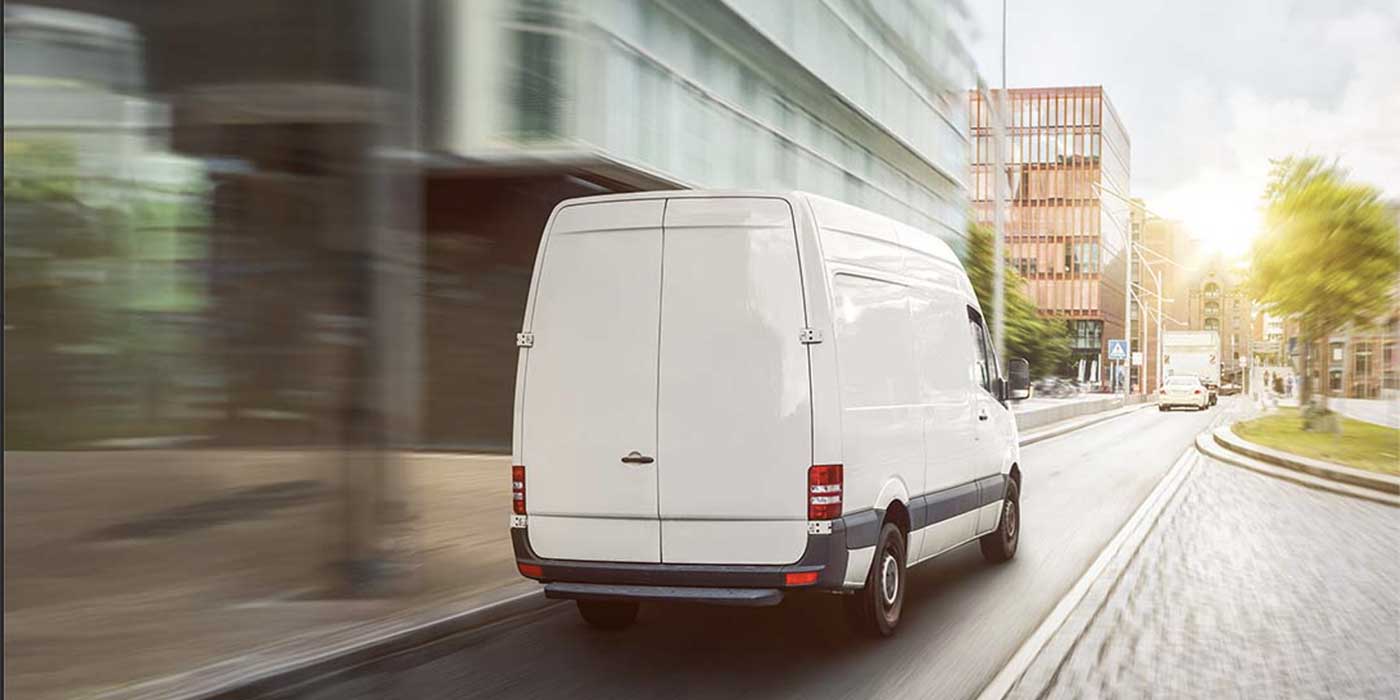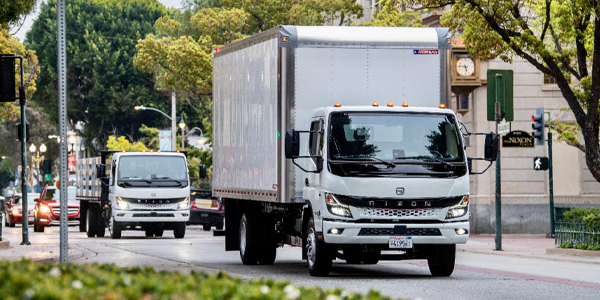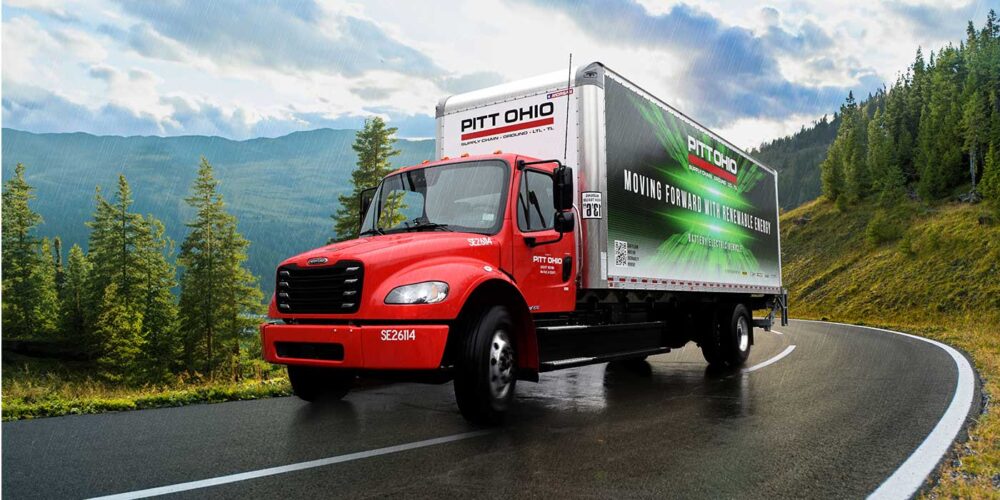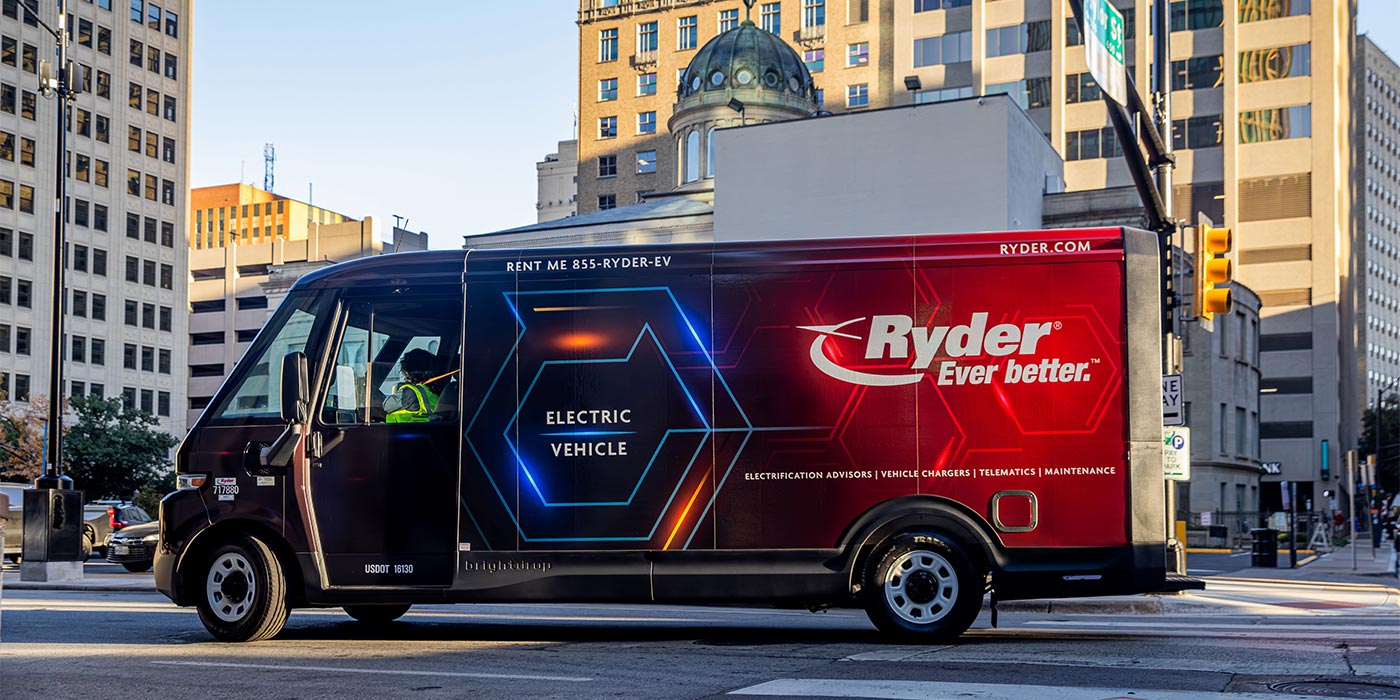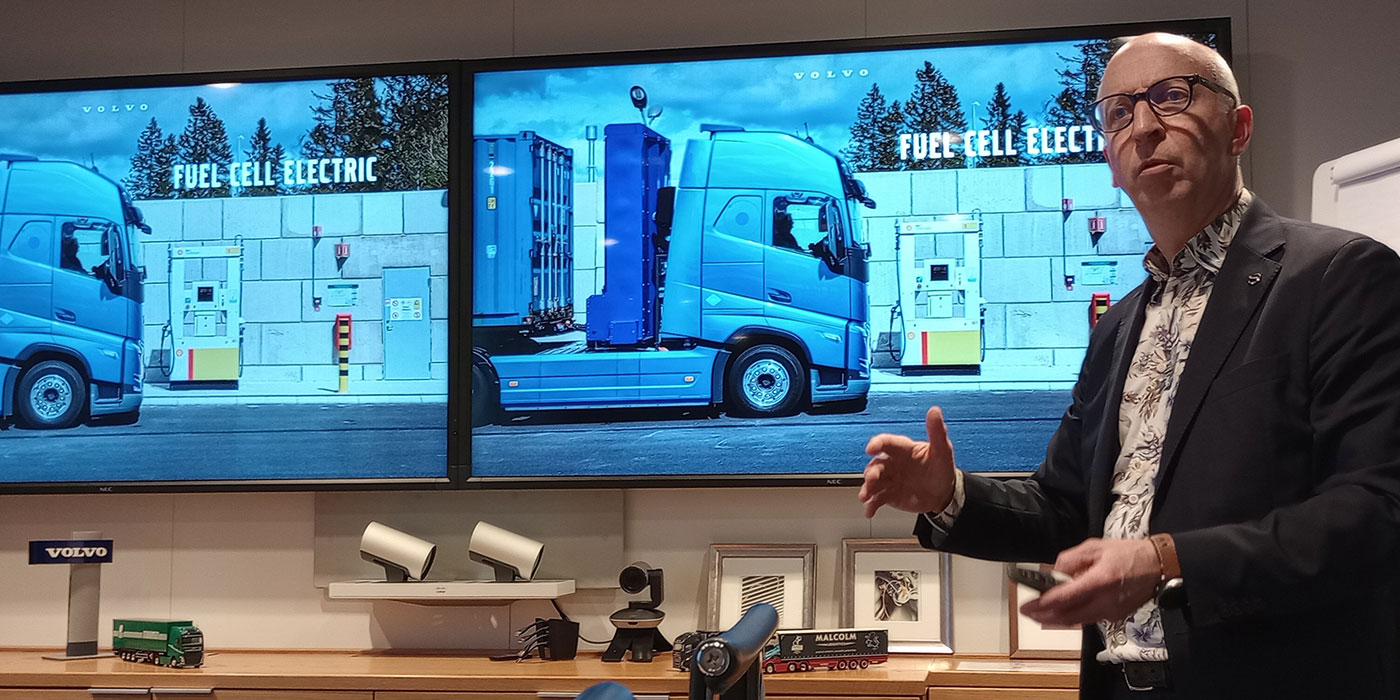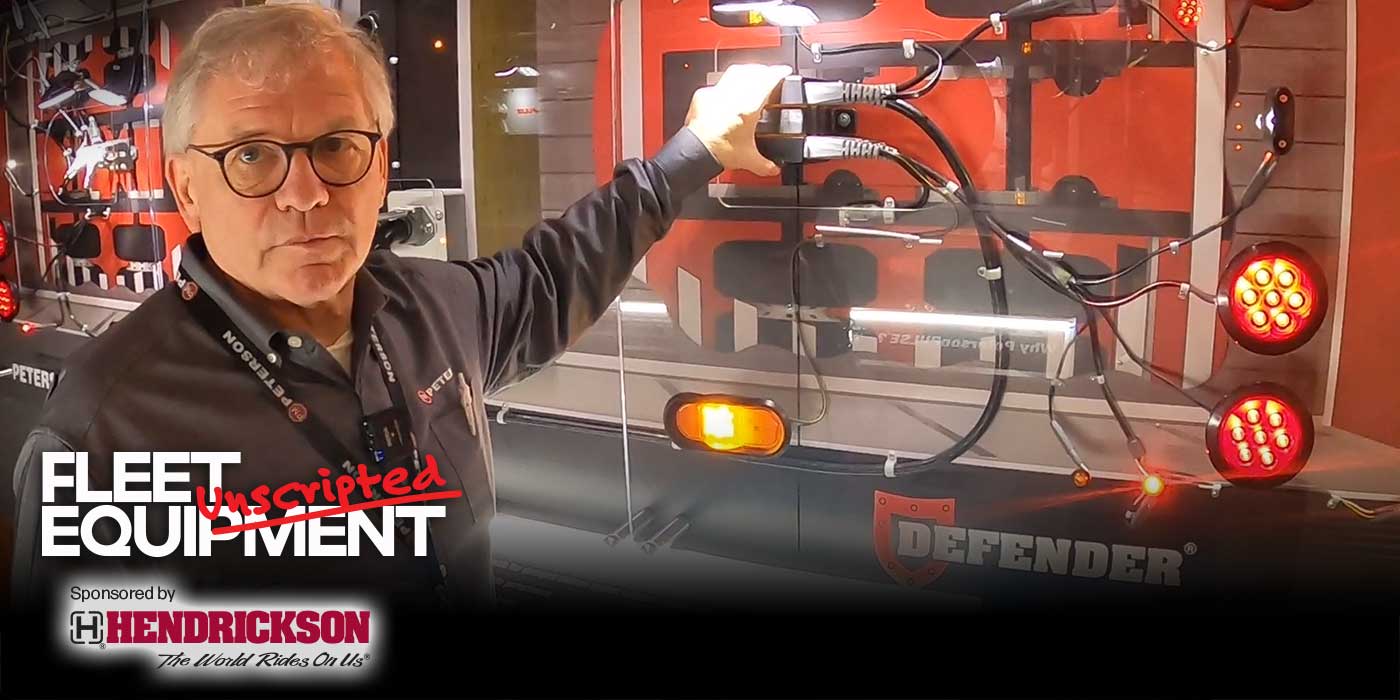The new Mack MD Series of medium-duty trucks is now in full production at Mack’s new Roanoke Valley Operations (RVO) facility in the Roanoke Valley, Va., the company announced.
The Mack MD6, a Class 6 model, and the MD7, a Class 7 model, began rolling off the line Sept. 1 in preparation for delivery to dealers and customers. These are Mack’s first medium-duty offerings since 2002.
The MD6 has a Gross Vehicle Weight Rating (GVWR) of 25,995 lbs., while the MD7 has a GVWR of 33,000 lbs. Both models are exempt from the 12% Federal Excise Tax (FET).
According to the OEM, the MD6 and MD7 models are designed to work for medium-duty trucking applications requiring dry van/refrigerated, stake/flatbed, dump and tank truck vocations. The MD6 model does not require a commercial driver’s license (CDL) to operate for non-hazardous payloads.
Available in 4×2 configurations, the MD Series cab design features a bumper-to-back-of-cab (BBC) measurement of 103 in. Mack says it mimicked the styling of the cab, hood and grille of its Class 8 Anthem model.
The trucks are standard with the Cummins B6.7 engine and the Allison 2500HS six-speed automatic transmission, with the Allison six-speed 2500RDS as an option.
MD Series FAQs
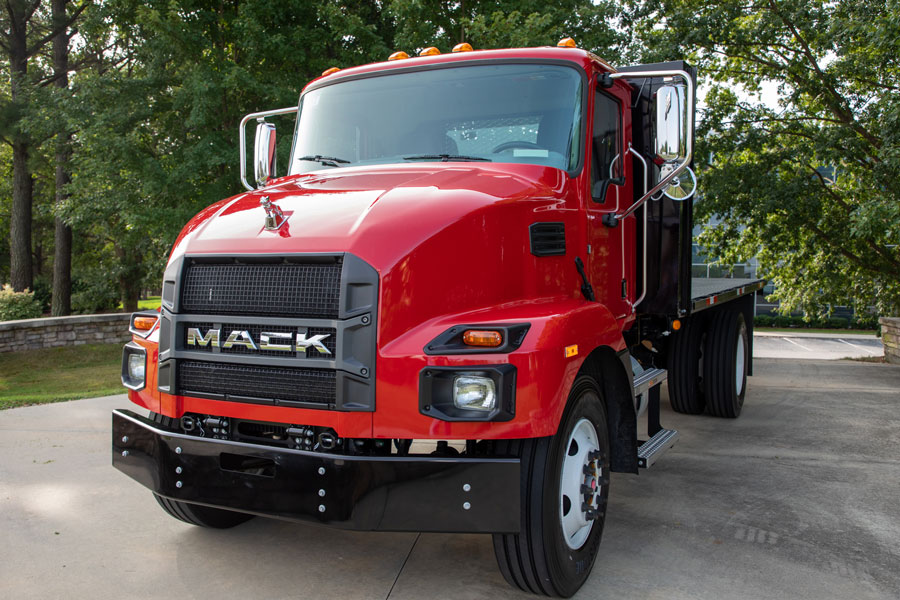
In a virtual press event announcing full production of the MD series, Mack representatives answered some FAQs on the new trucks.
On adding more options such as alternate powertrains or ADAS
“We talked to a lot of customers to find out what the required baseline product is to become viable in this market,” said Jonathan Randall, senior vice president of North American sales and commercial operations for Mack. “We’re always going to look for ways we can enhance and improve the product definition. We’re addressing the majority of what’s needed with the product that we’ve got, and now we calibrate going forward what kinds of product definition expansions we want to have.”
On rear axle ratio options
Roy Horton, special projects manager for Mack, noted that the trucks’ rear axle ratio is not necessarily designed for a high average speed, being designed for stop-and-go type routes. But, he added, “if there is a need for a different rear axle ratio for any application that you’re running, that’s easily done.”
On suitability for various bodies and applications
“We were really conscientious to make sure that we had clear back-of-cab, and clean frame rails, to address a myriad of bodies that were going to go on this truck,” Randall said. “So with the 103 BBC, the overall length, and the clear back-of-cab and clear frame rails, there’s no hindrance to getting what you need on there.”
Randall also touted the truck’s tight turning radius. “Being able to turn in a cul-de-sac without having to back up really lends a lot of benefit to anybody who’s in a R&D/delivery operation.”
On the possibility of electrifying these trucks in the future
“We also know that this application—stop-and-go, last-mile delivery—is good for alternative drivelines. and so we’re not limited on anything,” Randall said. “Electrification for this truck is certainly interesting and probably makes sense. We’re going to be looking for expansion opportunities for this product, and if the market demands it and there seems to a be commercially viable reason for doing it, then we’re certainly going to pursue it.”


